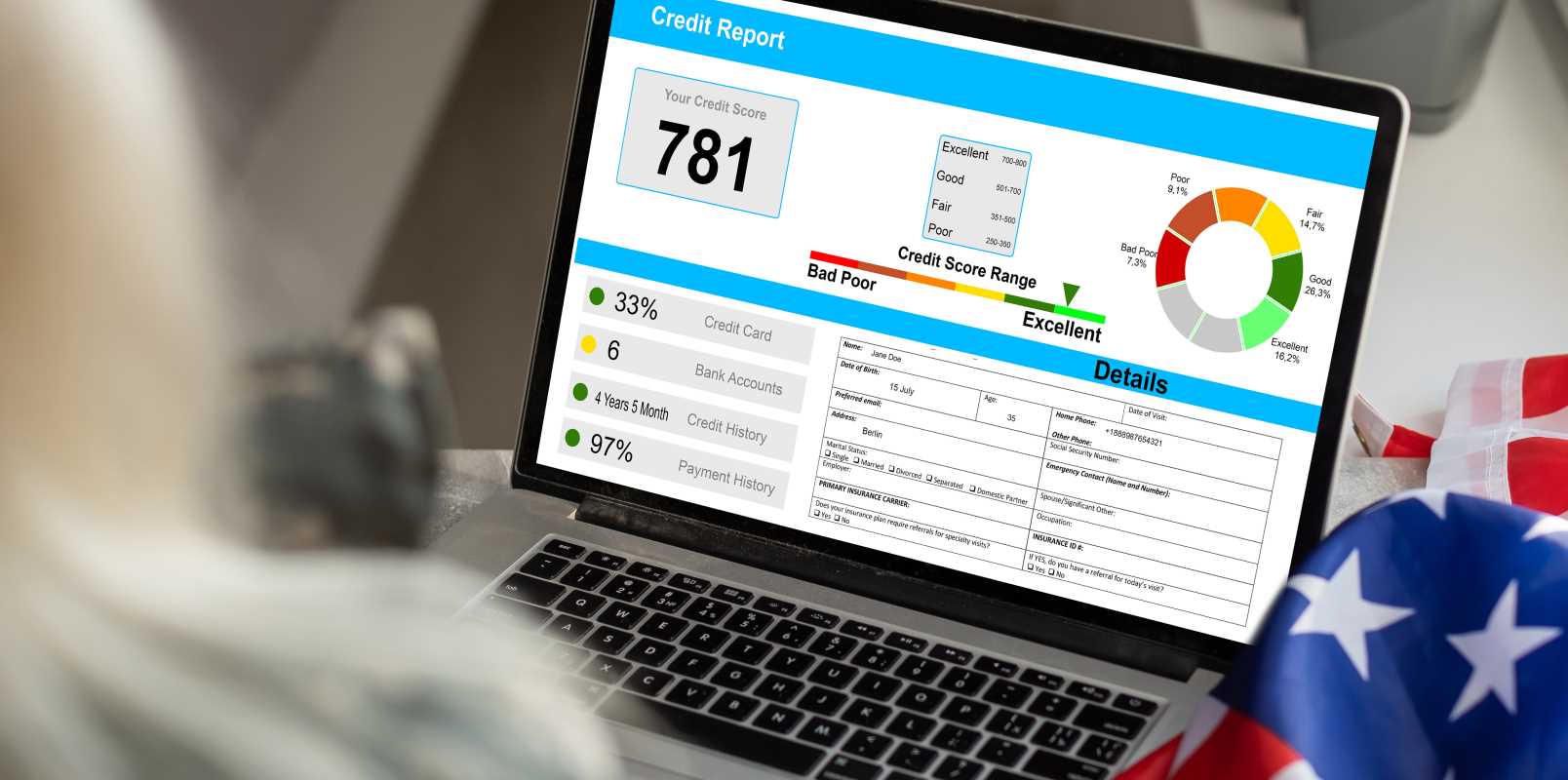Exploring the world of cryptocurrency opens up a fascinating landscape where you can discover new methods for handling your finances while engaging with cutting-edge technology. Every seasoned participant began with curiosity and a willingness to learn, and you can do the same without any previous experience. Getting started is straightforward, and as you become more familiar with this digital world, you may find yourself making more informed decisions about your money. The adventure offers plenty of chances to expand your knowledge and gain confidence as you navigate the rapidly evolving realm of cryptocurrency.
This guide breaks down simple steps and key concepts so you feel confident when exploring crypto assets. Here, practical tips and clear explanations will help you navigate the process without complicated jargon or overwhelming technicalities.
Understanding the Basics of Cryptocurrency Investments
Before you begin trading or investing, it’s important to familiarize yourself with what cryptocurrencies really are. Learning about core concepts will give you a solid foundation and clear up any confusion surrounding this digital asset class.
Think of this section as a compact glossary designed to make your introduction to crypto easier. Below are essential terms and ideas to keep in mind:
- Digital Currency: Money that exists electronically and is managed using computer systems.
- Blockchain: A secure digital ledger that records transactions across multiple computers.
- Wallet: A digital tool that stores your cryptocurrencies securely.
- Exchange: A platform where you can buy, sell, or trade different cryptocurrencies.
- Private Key: A secret code that allows you to access your digital wallet and manage assets.
Understanding these basics will help you grasp how crypto investments work and what risks they carry. With each concept, you will gain confidence to make decisions that align with your financial goals.
Setting Up Your First Crypto Wallet and Exchange Account
Getting started involves setting up a safe digital wallet and creating an account on a reputable exchange. Following these steps in the right order prevents unnecessary confusion later on. These actions are simple, take only a little of your time, and provide long-term benefits.
Creating an account isn’t about complicated procedures; it’s following a practical checklist. Here is a straightforward guide to help you begin:
- Choose a wallet: Research and select a digital wallet that offers a good balance of security and ease of use.
- Register on an exchange: Sign up on a platform known for its reliability and clear security policies.
- Verify your identity: Complete the necessary steps to secure your account and meet compliance requirements.
- Secure your setup: Enable two-factor authentication and create a strong password.
- Explore features: Familiarize yourself with the interface, trading options, and available support services.
This process prepares you to start trading while keeping your digital assets safe. Each step helps you understand essential protocols in the digital currency marketplace.
Smart Strategies for First-Time Investors
Jumping into crypto investments requires making wise choices to pick the right assets and manage risks. The aim is to base your decisions on research instead of blindly following every new trend. Taking time to plan your moves can lead to more steady progress over the long run.
Outlining what to do and what not to do can turn uncertainty into thoughtful actions. Consider these tips:
- Research thoroughly before making any purchase decisions.
- Diversify your holdings to manage risk effectively.
- Avoid investing money you cannot afford to lose.
- Don’t chase quick gains without understanding the underlying value of the asset.
- Set clear goals for your investment journey.
- Keep a record of your transactions and lessons learned.
This organized approach helps you stay calm even when the market experiences sudden changes. Learning from each step builds your expertise, making future choices easier and more informed.
Managing Risks and Staying Safe
Every investment involves risks, and the crypto world is no different. Protecting your assets must always be a priority. Taking shortcuts with security can cause problems that hinder your financial progress.
Simple daily habits can reduce risks. Use trusted platforms, double-check transfers, and remember that market volatility is part of the process. Keep your private key confidential and create strong passwords to prevent intruders from gaining access.
Stay alert about common pitfalls like phishing scams, unauthorized access, or falling for hype without verifying details. Being aware of these dangers helps keep your investments secure while you learn the ropes.
Focus on proactive security actions rather than reacting to threats. Regularly update your security measures and stay informed about new safety techniques to make your investing experience smoother and less stressful.
Integrating Crypto Investments Into Your Broader Money Management Plan
As you become more comfortable with crypto, it makes sense to incorporate these investments into your overall financial strategy. Including cryptocurrency in a diverse portfolio can help you handle market fluctuations better. Connecting crypto with your other financial elements ensures your money works efficiently for you.
Balancing risk and reward is essential. Think about combining digital assets with savings, stocks, or real estate investments to create a well-rounded financial picture. This integrated approach can lead to a more stable and adaptable profit plan.
- Review your monthly budget to decide how much you can safely allocate to crypto, making sure your basic needs are covered first.
- Set specific, measurable targets for buying, holding, or selling, and keep an eye on market trends.
- Use financial management tools to track your crypto performance alongside other assets.
- Consider handling Cryptocurrency Investments as part of your daily budget review, so that your entire portfolio aligns with your overall goals.
- Periodically revisit your plan and adjust your allocations based on performance and changing circumstances.
Stay adaptable and take practical steps to gain experience as you explore new assets. Each decision helps you navigate the changing financial landscape.
 (Image via
(Image via





